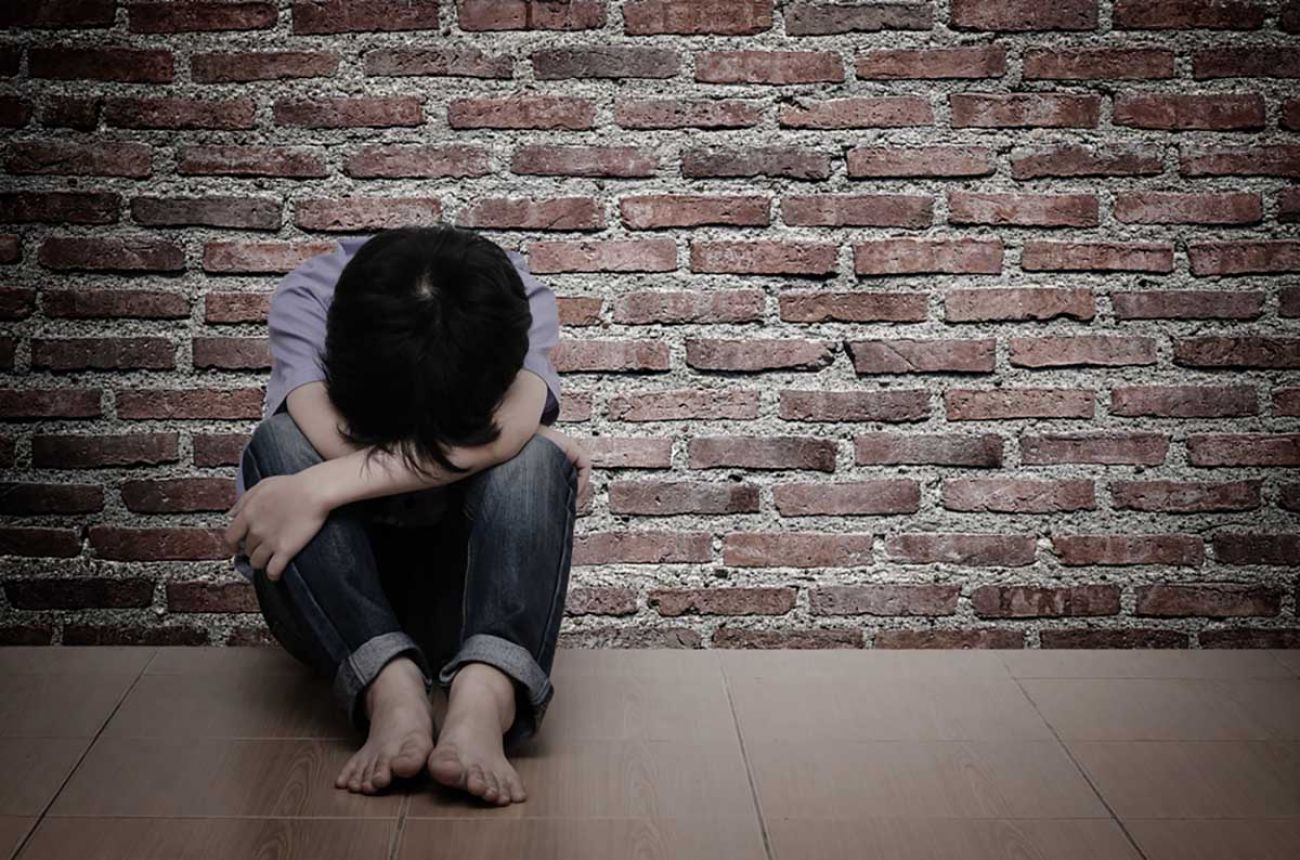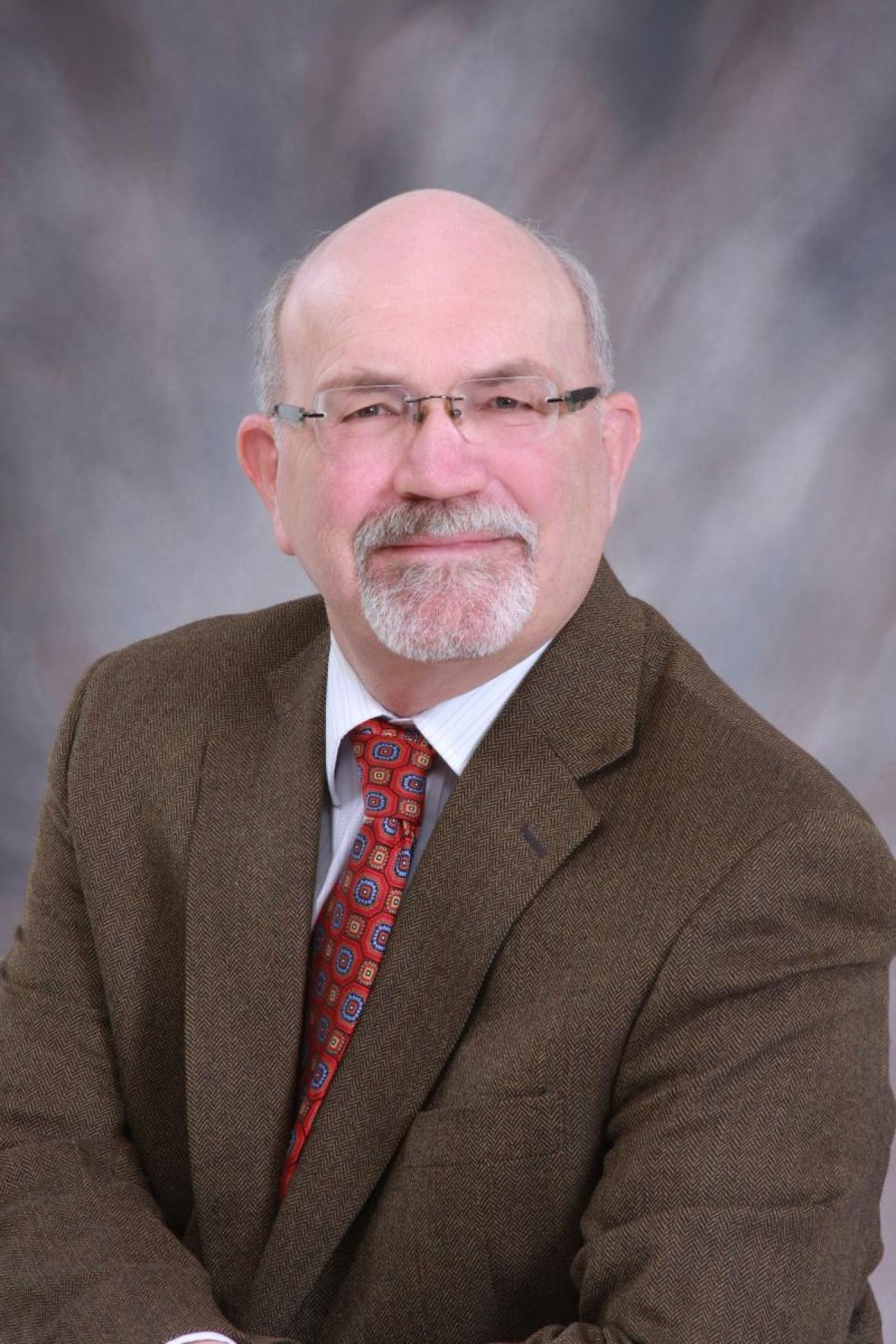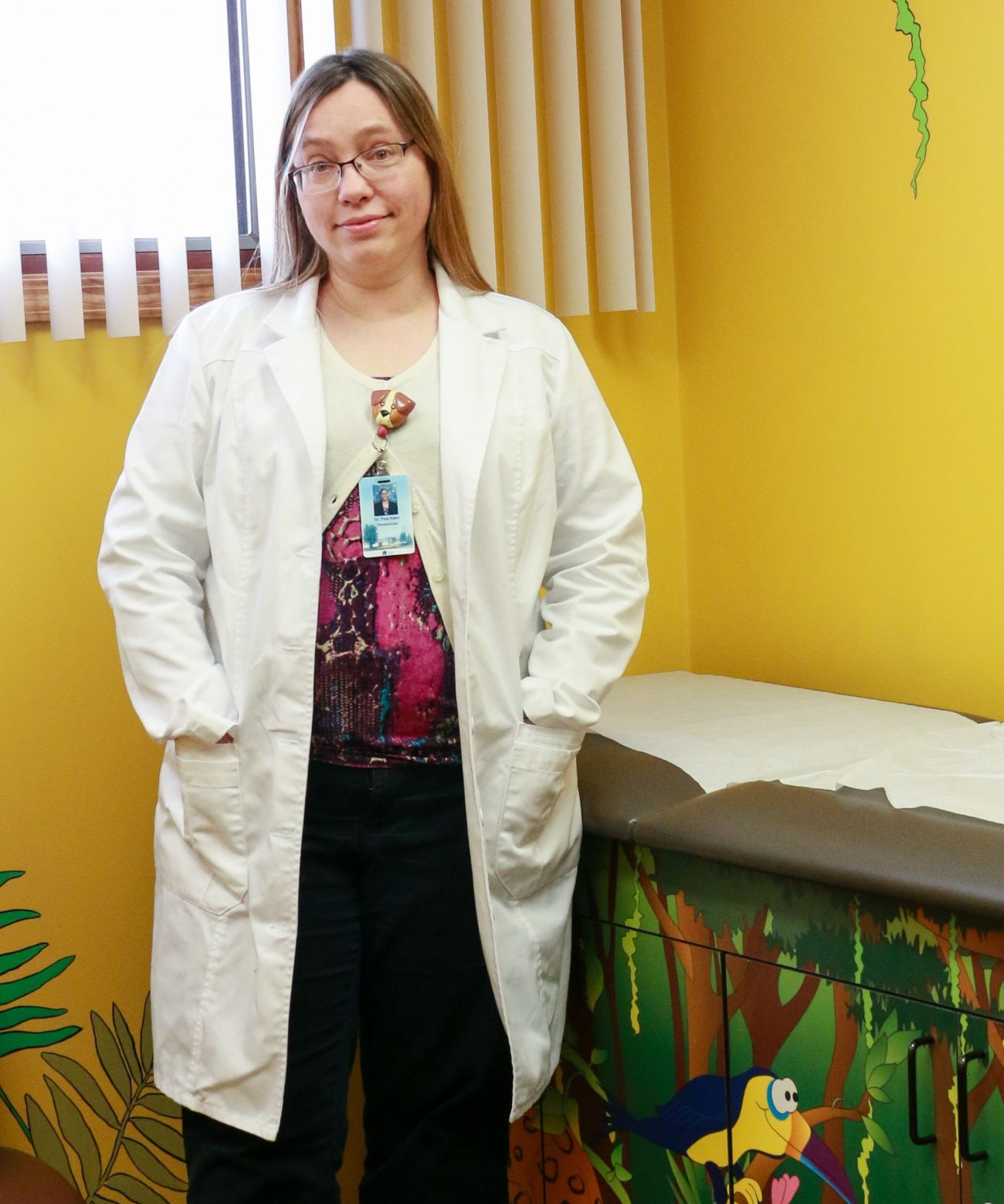Abused as a small boy. Now what?


When the fidgety, anxious, 5-year-old boy from northern Michigan came in about a year ago to see pediatrician Tina Hahn, it was soon apparent to her this was a case medication alone would not solve.
“He was trying to hide under the chair. He looked panicked and overwhelmed. He was in that fight or flight mode,” said Hahn, who was then in practice in Alpena.
The boy, she learned, had been taken away from his mother when he was 3, from a home rife with drug use, alcoholism and severe physical and emotional abuse. The mom later died and, eventually, so did the grandfather who adopted the child out of foster care.
This terrified boy crouching under the chair was, to put it mildly, a poster child for the kind of risk factors that can dim the odds of growing into a healthy, capable adult. Adding up the trauma of the boy’s brief, chaotic life, the pediatrician calculated a score of 6 on a 10-point scale of Adverse Childhood Experiences – factors closely linked to such children’s future physical and emotional health.
The higher the score, the worse the likely outcome.
According to a landmark 1998 study conducted in conjunction with the U.S. Centers for Disease Control, adults with at least four risk factors as children were four times more likely to be depressed, six times more likely to be alcoholics and 11 times more likely to have injected drugs than someone with no childhood trauma. They were also more likely to have heart disease, high blood pressure and severe obesity.
Hahn took the boy off one of two medications he had been prescribed for behavior modification. She enlisted his remaining family – his biological father and stepmother – in finding ways they could help. They came in for weekly counseling visits. She talked to his teacher about effective strategies to deal with his aggressive behavior at school. At her suggestion, his parents enrolled him in a Karate class for exercise and to offer an outlet for his anger.
His grades improved. His outbursts at school dissipated.
Perhaps more important, said Hahn, “He made friends.”
That's the sort of early-intervention success story Michigan officials hope to replicate as they plot a $500,000 campaign to build awareness of the critical role that childhood trauma can play in a youngster’s emotional development.
“This is truly a core public health issue if ever there was one,” said Richard Murdock, former executive director of the Michigan Association of Health Plans.
Murdock is overseeing grant efforts this year that will help train teachers, social workers, health care professionals and others across the state to better detect signs of trauma in children and help them get assistance. The project is largely funded by a $451,000 grant from the Michigan Health Endowment Fund, which supports childhood health programs.
The initial training is to be guided by Dr. Robert Anda, a former CDC epidemiologist and principal investigator for the 1998 study. Anda is considered a preeminent expert on childhood trauma, which he calls a “chronic public health disaster.” He is to speak March 30 in Lansing before an audience expected to include representatives of the medical, mental health and insurance community as well as nonprofit groups like the Salvation Army and Michigan’s Children, which advocates on policy issues on behalf of children.
Murdock noted that Michigan doctors who serve impoverished Medicaid patients are now expected to look for signs of toxic stress in younger patients. Effective Feb. 1, they are being instructed to actively screen those under 21 for traumatic risk factors and, if needed, refer them to a mental health professional.
“That part is already funded under Medicaid. So we don't have to go to the Legislature and ask for money,” Murdock said.
Underscoring what's at stake, a report by the Michigan Department of Community Health for 2011-12 found that young people in Michigan are exposed to more childhood trauma than the national average.
According to a state fact sheet, 28.5 percent of children up to age 17 in Michigan in 2011-2012 had two or more ACE factors, compared with the U.S. average of 22.6 percent. More than 40 percent of Michigan children in poverty had two or more risk factors.

Efforts rewarded in Washington state
And judging by what states like Washington have done, Michigan appears to have some catching up to do.
In 2011, Washington became the first state pass laws aimed at reducing childhood trauma, including policies aimed at preventing child abuse and promoting their health. Spokane and Seattle schools changed their disciplinary policies and, in 2012, a public-private partnership funded grants to five rural counties to reduce negative outcomes from childhood trauma.
In Walla Walla, Lincoln Alternative High School Principal Jim Sporleder cut suspensions by 85 percent at the school, in part by encouraging troubled students to talk about what was driving their behavior rather than imposing suspensions or other discipline when students acted out.
According to a news site that reports on research about childhood trauma experience, Sporleder and the teaching staff shifted their approach from asking students “What’s wrong with you?” to “What happened to you?” The transformation was portrayed in a 2015 documentary by James Redford, son of film star Robert Redford.
At one point in the documentary, a teacher says about a student: “It’s not that I’m judging you. I know why are you are smoking weed. I know why you smoke meth. I know why you are in fights. You don’t want to feel. That’s the big challenge. I’m asking you to try feeling for a little bit. Because sometimes when you feel, it guides you in the direction you should be going instead of where you are.”
Hahn, the pediatrician, who now practices in the thumb region of Michigan, has incorporated the 10-question ACEs survey into her practice for about eight years. She calls the Michigan initiative a badly needed step forward.
The survey asks children if they have suffered any of five harmful experiences: physical abuse, verbal abuse, sexual abuse, physical neglect or emotional neglect. It also asks if anyone in their home is an alcoholic or been in jail, if their mother has suffered domestic abuse, if someone in their family has a mental illness, or whether the child has lost a parent through divorce, death or abandonment.
But Hahn said much of Michigan’s medical community does yet accept how critical these stress factors can be to a young person’s physical and mental health development.
“I think physicians are starting to get an understanding, are starting to know that this is a problem,” Hahn said.
“But a lot of them don't want to deal with it or they don't know how to deal with it. Other doctors say, 'I didn't sign up to be a mental health provider.'”
A wealth of evidence
The correlation between high childhood trauma scores and developmental problems makes more sense when viewed through the eyes of a low-income child growing up in a stressed-out home. Beyond the identified risk factors, children in these circumstances are more likely to have a single parent, more likely to change schools, be homeless at some point and live in a violent neighborhood.
Is it surprising this constellation of problems can mess with kids’ development? Research that followed the 1998 ACEs study has begun to unravel what actually happens to the developing brain in such circumstances.
In 2011, the American Academy of Pediatrics cited mounting evidence that the “toxic stress” of childhood trauma can impair normal brain development in infants and young children – with long-lasting emotional and physical effects. It noted studies that link ongoing stress to physical changes in the brain in children, adding that “the developing architecture of the brain can be impaired in numerous ways that create a weak foundation for later learning, behavior and health.”
But what researchers are also finding is that exposure to trauma need not determine a child’s destiny.
Children who tend to overcome such stress typically have one thing in common: At least one stable, caring and committed relationship with a supportive parent or other adult. That might be a teacher, a social worker, mentor, or even a coach.
A 2015 analysis by the Center on the Developing Child at Harvard University found that these relationships can buffer the effects of early trauma and help children develop positive coping skills, often referred to as resilience.
Support for quality, early-childhood education can be critical in building resilience: “The failure to invest in state-of-the-art early care and education programs...reflects a fundamental misunderstanding of how the foundations of resilience are built early in life,” the Harvard report found.
Shortages in Michigan
A 2015 report by the Citizens Research Council and Public Sector Consultants found Michigan has lots of ground to make up. It noted that while nearly two-thirds of Michigan children under 6 were in the care of someone other than a family member on a daily basis, spending on child care services for low-income families plummeted over the previous seven years.
It estimated there were 19,000 children from newborns to age 3 who received a state child care subsidy in 2014. But there were an estimated 108,000 Michigan children in this age group in households that met the federal definition of poverty ‒ leaving 89,000 low-income children without financial assistance.
Though there has been progress.
Following a 2012 Bridge Magazine investigation that found 30,000 4-year-olds who qualified for free, quality preschool weren't enrolled largely due to lack of state funding, the Legislature approved $130 million in added funding to expand its Great Start Readiness program. That added more than 21,000 additional children to the program.
But Patricia Sorenson, senior policy analyst for the Michigan League for Public Policy, said children of low-income families – especially those age 3 and under - will continue to pay a price as long as so many receive substandard day care. In her view, investment in high quality day care for low-income children is one obvious answer to the childhood trauma dilemma.
Other models
Researchers point to other promising programs for supporting vulnerable young people:
The Center for Youth Wellness in San Francisco, a clinic in a low-income neighborhood, transformed its practice around the recognition of the role traumatic experiences play in childhood development.
Founder Nadine Burke Harris made the change after learning about the ACEs study, as she puzzled to understand why she was seeing so many children with chronic abdominal pain, headaches, asthma and behavior disorders.
The clinic now screens all children for traumatic experiences and evaluates children for their family history as well as their health history. Children and their families are connected to mental health and social workers and taught coping mechanisms such as meditation, yoga and relaxation exercises..
Minnesota Communities Caring for Children , a nonprofit that works to prevent abuse, has enlisted about 150 “presenters” to spread the word about child trauma research in counties across the state, an initiative that began in 2013. Its training program is based on the same model – guided by Dr. Robert Anda – Michigan intends to implement.
As of 2016, it had reached 54 of Minnesota's 87 counties and more than 24,000 people, including presentations to churches, jails, police officers, schools, medical groups and tribal organizations.
Becky Dale, the organization's chief operating officer, said spreading knowledge about this issue can be transforming. “We have people saying, 'This is changing my life,'” Dale said.
She said the small community of Brainerd in central Minnesota has committed more than $20,000 toward education on identifying at risk for some form of trauma, along with over 500 volunteer hours committed to the cause.
“We are seeing lots of interest, lots of energy,” she said.
Head Start Trauma Smart in Kansas and Missouri is helping children and daycare teachers find more effective ways of dealing with the effects of childhood trauma. It serves about 3,300 children a year where more than 50 percent of them experienced at least three adverse experiences.
Under the program, parents, teachers and school employees, including bus drivers and food service workers, are given training.
A detailed assessment of classroom environment and performance found significant improvements in classroom climate, productivity, emotional support and behavior management after the program was instituted.
One Michigan advocate for children said she hopes the state’s initiative will shine a light on the need to prevent childhood trauma before it happens.
“We have been harping on this for years,” said Amy Zaagman, executive director of the Michigan Council for Maternal and Child Health and a member of the program’s steering committee.
“You have got to be preventive. People don't realize that adverse experiences even in infancy have lifelong impact.”
In Zaagman's view, that means not only quality childhood education, but also support and education for young parents both before and after birth of their child.
Some 25,000 Michigan children benefit from voluntary home-visit programs, in which trained professionals connect with at-risk families to offer support and guidance in positive parenting methods. Studies show such support can have long-term positive impact on vulnerable families.
But a 2014 report by the Citizens Research Council and Public Sector Consultants found that Michigan has about 260,000 children who meet criteria for home visitation - leaving more than 200,000 children lacking support their families may need.
“I think there is great potential to raise awareness. I think there is a lot of room for education,” Zaagman said.
“So many of the ACEs are attributable to the need for positive parenting practices. Positive parenting practices are really hard if your examples (from a parent's own childhood) are not good.”
For more information on ACEs, visit ACES Too High, a website explaining the science of childhood trauma and innovative methods of dealing with it. See also the Centers for Disease Control for research on ACEs and examples of ways to reduce childhood trauma in local communities.
See what new members are saying about why they donated to Bridge Michigan:
- “In order for this information to be accurate and unbiased it must be underwritten by its readers, not by special interests.” - Larry S.
- “Not many other media sources report on the topics Bridge does.” - Susan B.
- “Your journalism is outstanding and rare these days.” - Mark S.
If you want to ensure the future of nonpartisan, nonprofit Michigan journalism, please become a member today. You, too, will be asked why you donated and maybe we'll feature your quote next time!

